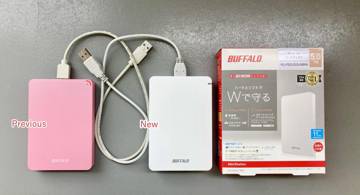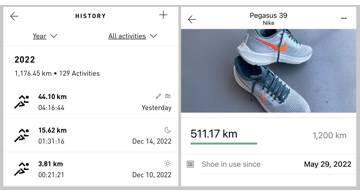- Overview
- Answering questions from my "didn't quite understand" self
- Why rule out the Apple Watch?
- Do I need a monthly fee to use the GPS?
- How accurate is the GPS?
- It can measure the quality of sleep, but how?
- Can I continue the operations I currently do on my smartphone while running?
- Can't we just use it like a smartphone with other apps? Sounds like a hassle!
- I don't quite understand the terms apps, widgets, etc.
- I understand the features now. Which series should I choose?
- So, if I'm choosing from the Fenix series... There are several models, right?
- What about the size?
- Isn't the solar charging model super cool?
- That's about it
Overview
I've decided to debut in the world of smartwatches with Garmin.
Being my first smartwatch, there's a lot I don't quite understand. What can it do? Can I keep doing what I've been doing with my smartphone's running app? Which one is best in the Garmin series? Is Garmin even the right choice? Would an Apple Watch not be better?
In this post, I will write a "Getting Started with Garmin" guide, for the "I didn't quite understand" version of me.
Answering questions from my "didn't quite understand" self
Why rule out the Apple Watch?
The battery of the Apple Watch lasts less than a day. Depending on the usage of the GPS, a Garmin can last for over a week. That alone rules out the Apple Watch.
In addition, unlike the Apple Watch, Garmin uses physical buttons. You like physical buttons, don't you?
Do I need a monthly fee to use the GPS?
No, you don't. First of all, you don't quite understand what "GPS" is, so let me explain.
- You think GPS only works online, but that's not true. GPS and phone lines are different. You think "GPS = online because Google Map only works online", don't you? Google Map uses online connectivity only to download maps and shop information. It doesn't need to be online to know your current location.
- However, to use GPS, you need to work hard to receive signals from satellites. That's why it drains the battery. So, you turn on the GPS only when you run and turn it off during normal times to save battery.
How accurate is the GPS?
Ah, I see. You got interested in smartwatches because the GPS on your iPhone hasn't been accurate recently. From my experience of using it for about a month, it's more accurate than an iPhone.
It can measure the quality of sleep, but how?
It measures it quite normally. You want to know what makes a day of low-quality sleep and what makes a day of high-quality sleep, don't you? That can be done.
- My heart rate during sleep is approximately 45 bpm.
- The sleep score ranges from 50 to 80.
- Characteristics of a low-score day are:
- Drinking alcohol
- Intense exercise
- Sleeping after midnight
- Characteristics of a high-score day are:
- Light exercise
- Reading a book for 30 minutes before sleep
- Early to bed, early to rise
Can I continue the operations I currently do on my smartphone while running?
Your "running operations" are these, right?
- Measure the pace and distance of the run with GPS (Running app)
- Set an alarm every N seconds (TrainingTimer app)
- Start both the Running app and the TrainingTimer app at the beginning of the run. Change the "N seconds" setting in TrainingTimer when changing pace during training.
The answer is, "It's possible, though the method and usability will change." It will look like this:
- All operations are performed with the "Run app"
- Operations to measure pace and distance can be performed with the normal features of the Run app
- The operation to set an alarm every N seconds can be performed with the "Alarm" function of the Run app
- However, it is a downgrade from the TrainingTimer app on your smartphone
- It's impossible to set an alarm that goes 20 seconds → 10 seconds → 20 seconds...
- The countdown feature of the smartphone's TrainingTimer app is not available...
- When changing the pace during training, dive into "Run settings > Alerts > Time > Status/Settings" in the Run app and change the settings.
Since Garmin uses physical buttons, if you can remember the functions and screens, you can perform these operations without looking at your hand.
Can't we just use it like a smartphone with other apps? Sounds like a hassle!
Garmin doesn't allow multiple apps to run at the same time. Sure, there are apps with features like the TrainingTimer app on your smartphone. But, you can't use them in conjunction with the Run app. Seriously, it's unbelievable.
Now, you might be thinking, "If multiple apps can't run at the same time, can't we use it with some timer-like function?" I thought the same and found a feature different from apps, called "widgets". There are widgets with timer-like functions. So, you might think, why not run the Run app and a timer-like widget at the same time? However, the widgets disappear after about 2 minutes and return to the home screen. It's a no-go. To put it simply, "widgets" are not designed to "run continuously for an hour".
At this point, you might be thinking, "Why not look for an app other than the Run app?" Well, I have good news for you. You can download Garmin apps, widgets, and even wallpapers from a site called the Connect IQ Store. Here's a diagram to help you understand ↓
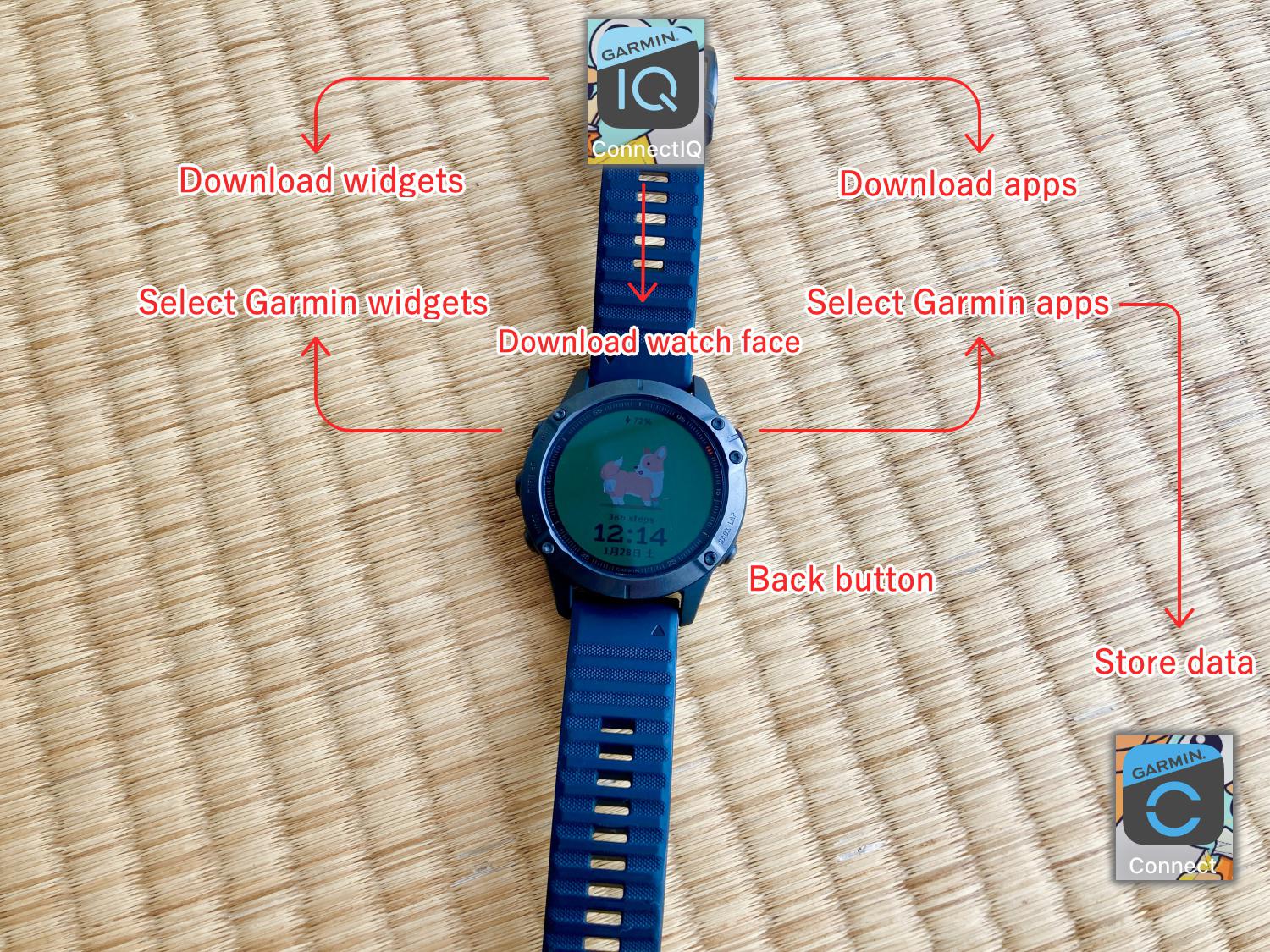
Moreover, on the Connect IQ Store, you can find third-party Garmin apps. Yes, you can create your own Garmin app. That's great! This means you can create a unique Garmin app for yourself that combines the features of the Running app and TrainingTimer app on your smartphone!
If you're going to do all that, why not just use a smartphone?!
I don't quite understand the terms apps, widgets, etc.
- Apps: It's just like the "applications" you have. You run and use only one at a time.
- Widgets: They're like Windows gadgets. You have multiple of them running all the time, but they close after 2 minutes.
- ConnectIQ: It's a site where you can download these ↑, referring to the apps.
- Connect: It's a site/app where Garmin receives and stores the data it collects.
I understand the features now. Which series should I choose?
To be honest, I'm not sure either. There are too many series. My understanding so far is ↓
- Vivo series: The cheapest series. They look fashionable. Available in square or round shapes.
- Battery lasts just under a week.
- Around 30,000 yen.
- Venu series: Slightly higher quality than Vivo. Fashionable appearance. Square or round.
- Battery lasts just under a week.
- Around 40,000 yen.
- ForeAthlete series: The battery lasts just over a week. It looks like a sport watch. Only round.
- Battery lasts 2 weeks.
- Around 60,000 yen.
- Instinct series: Seems to be for outdoor use and is quite durable. It has a casual look, like a G-Shock watch. There are solar charging models.
- Battery lasts 2 weeks.
- Around 40,000 yen.
- Fenix series: The flagship model, expensive. It looks the coolest.
- Battery lasts 2-3 weeks.
- Over 100,000 yen.
- Epix series: I don't know the difference from Fenix, but it's the best one.
- Battery lasts 3 weeks.
- Around 120,000 yen.
Green guy here, I've decided to choose what to wear based on what I like the look of... As for functionality and product philosophy, I like the Instinct the most, but I don't like its casual look. This time I chose the Fenix series. I liked its appearance the most. Also, since it's my first smartwatch, I thought the fully-featured Fenix would be suitable to understand what a smartwatch is all about.
So, if I'm choosing from the Fenix series... There are several models, right?
You're talking about things like "Black", "X", "S", "Sapphire", right? Yeah, it's hard to understand, but they indicate the size and the material of the glass.
- Size:
- S: Small
- No label: Normal
- X: Big
- Glass material:
- Pro Dual Power: Solar charging model
- Sapphire: Something called sapphire crystal, a bit tougher
- No label: Something called gorilla glass. However, note that this material lacks map and music player features
You just need to choose the specifications you want and select the model that has that name. The other labels, like "Black", "BlackTi", etc., are about band material, so just look at the pictures and decide.
What about the size?
I get it. You've never used a wristwatch before, and you're worried that if it's too big, it'll feel strange. Here's what the size looks like for the unmarked, neither S nor X ↓.
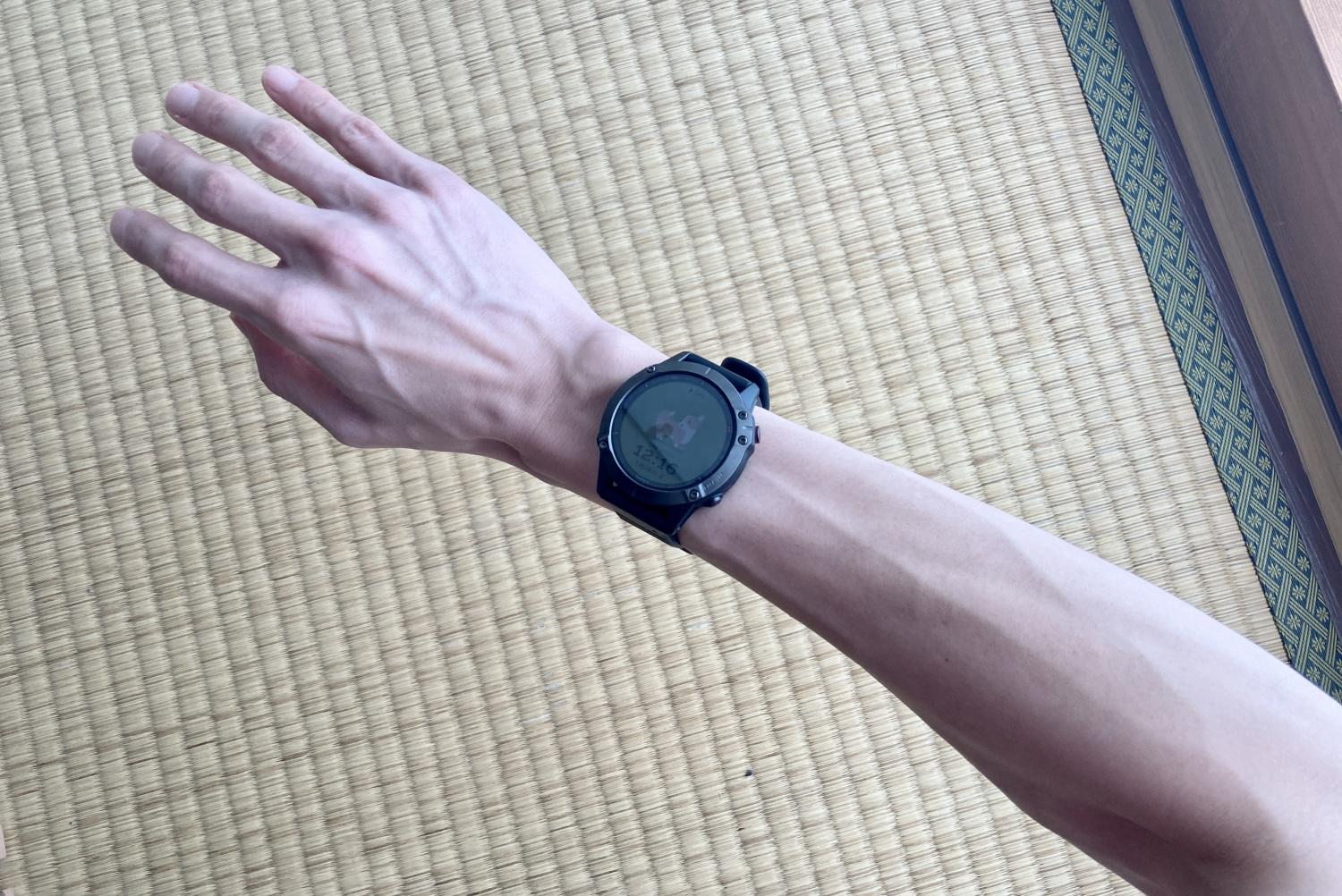
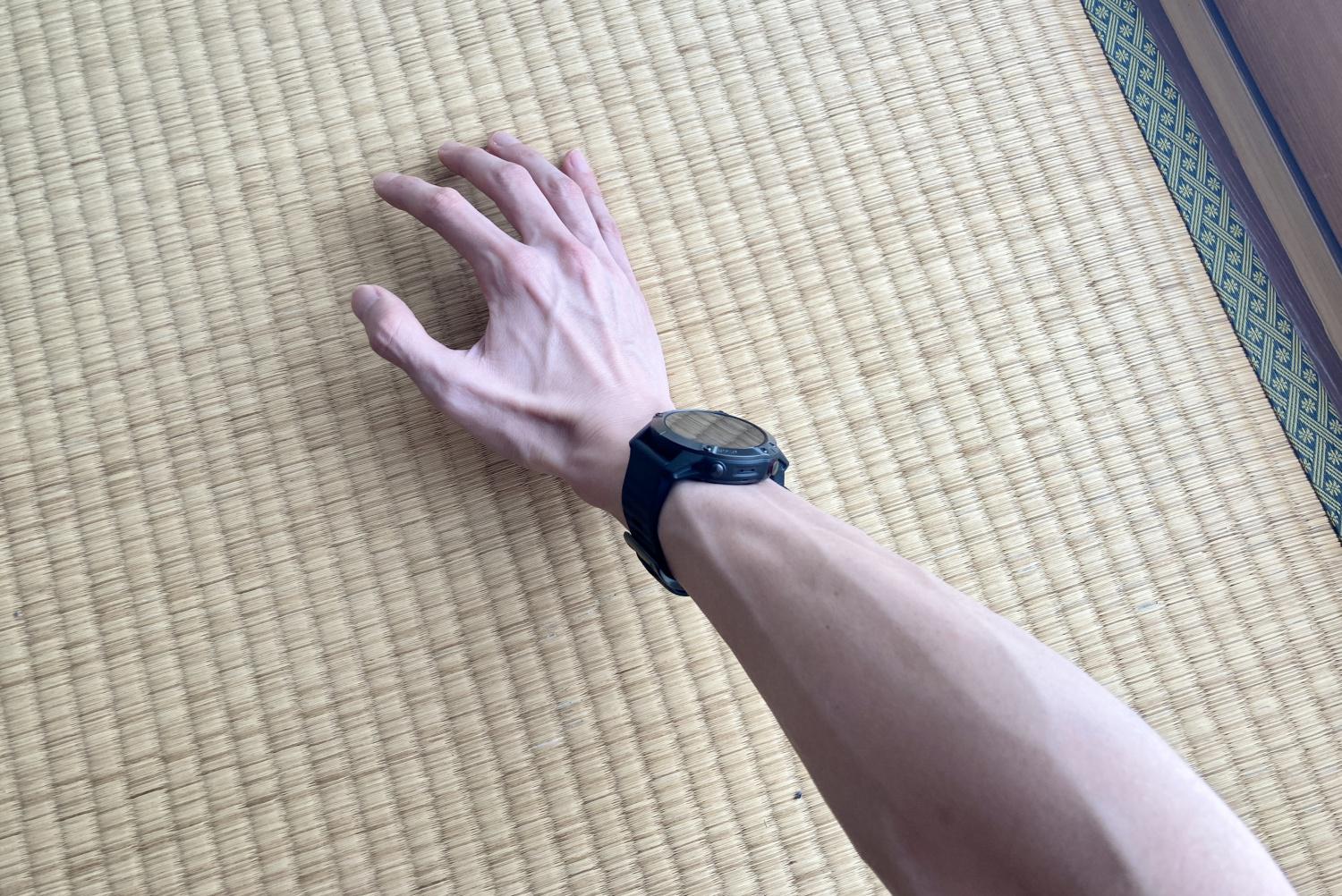
The discomfort you're worried about isn't really there. It has a comfortable weight.
Isn't the solar charging model super cool?
Calm down. You, you're outside maybe 5% of your life. The solar charging model is quite a bit more expensive, and it's not worth it for 5% of your life. Forget about the solar charging.
That's about it
These are the things that I, in my "I don't really get it" phase, wanted to know. What I also wanted to know was, "What's life like with a smartwatch?" But that's something you won't know until you use it. Maybe I'll write a review after using it for half a year or a year.

